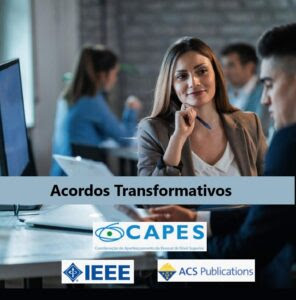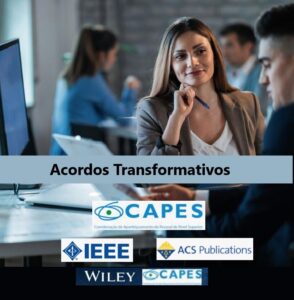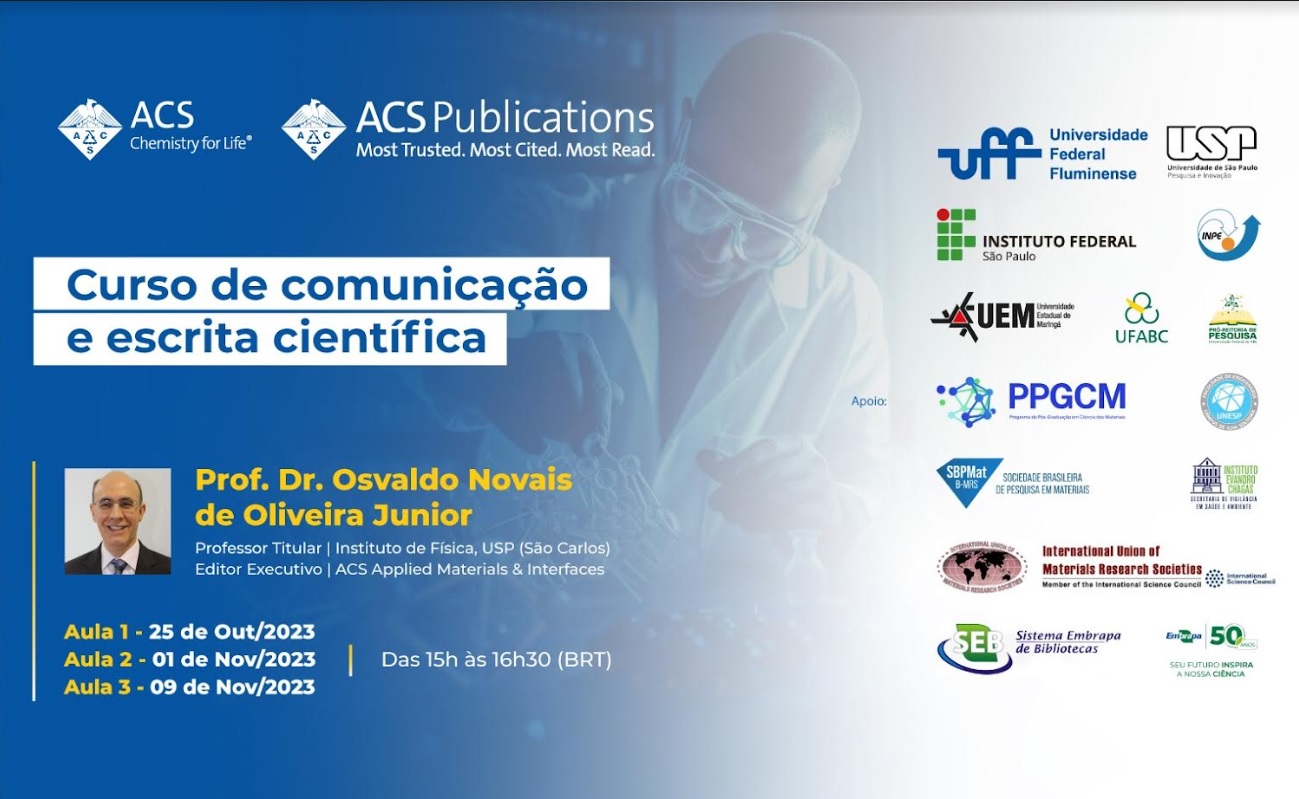Revista Nature adota revisão transparente

Link: https://revistas.usp.br/
sta é uma reprodução da matéria originalmente publicada na edição de junho de 2025 da Revista Fapesp.
A revista Nature passou a divulgar, como um anexo em todos os seus artigos que apresentem resultados de pesquisa, relatórios com os pareceres dos revisores que analisaram os manuscritos e as respostas que eles receberam dos autores.
A identidade dos avaliadores continuará sigilosa, mas as trocas que eles estabeleceram com os autores, intermediadas pelos editores da revista, poderão ser analisadas por qualquer leitor juntamente com o conteúdo dos artigos.
“Nosso objetivo com isso é desvendar o que muitos veem como a ‘caixa preta’ da ciência, esclarecendo como um artigo de pesquisa é feito. Isso serve para aumentar a transparência e (esperamos) construir confiança no processo científico”, informou um editorial publicado pela revista em 16 de junho.
O modelo não é uma novidade: surgiu no início da década de 2000, em um conjunto de 38 periódicos e, em 2019, já se espalhara por 617 publicações, de acordo com um estudo publicado em 2020 na revista Scientometrics por pesquisadores norte-americanos.
Títulos de diferentes editoras, caso do Journal of Physical Chemistry Letters, da ACS Publications, e de Advances in Methods and Practices in Psychological Science, da editora Sage, ofereciam a chance de publicar artigos com revisão por pares transparente.
O recurso já estava disponível na própria Nature desde 2020, mas os autores decidiam se os relatórios de seus artigos seriam divulgados ou não – e só uma parte deles aceitava compartilhar as informações. Ao definir que todos os artigos exibirão seu relatório de peer review, os editores da revista buscam compartilhar com o público o que é debatido nos bastidores do processo de publicação.
“Essas discussões, que podem durar meses, visam aprimorar a clareza de um estudo e a robustez de suas conclusões. É um processo extremamente importante que deve receber maior reconhecimento”, diz o editorial.
“Tornar públicos os relatórios dos revisores por pares também enriquecem a comunicação científica: é uma oportunidade de contribuir para a ‘história’ de como um resultado é alcançado ou como uma conclusão é sustentada, mesmo que inclua apenas as perspectivas de autores e revisores.
A história completa de um artigo é, obviamente, mais complexa, envolvendo muitos outros colaboradores.”
Este texto foi originalmente publicado por Pesquisa FAPESP de acordo com a licença Creative Commons CC-BY-NC-ND. Leia o original aqui.















